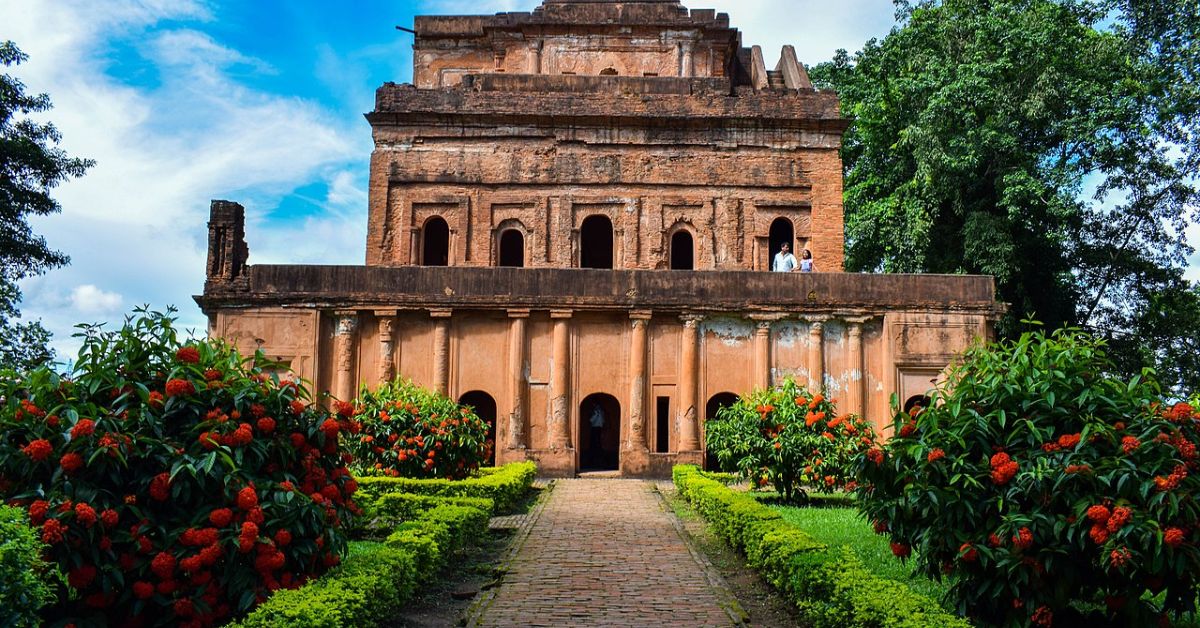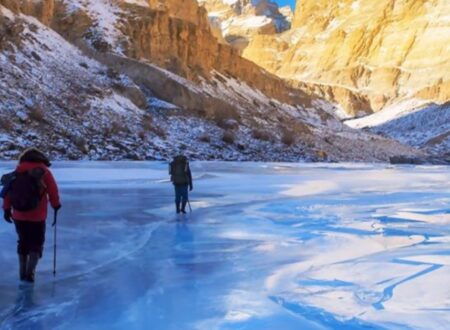The Kareng Palace or popularly known as Talatal Ghar is an 18th-century palace and military base situated in Rangpur which is at a distance of 4 km from present-day Sivasagar, Assam, India. Rang Ghar (meaning “Amusement House”) is a two-storied building, which was the royal sports pavilion from which the Ahom kings and nobles witnessed games like buffalo fights and other sports at the Rupahi Pathar which means field in the Assamese language, during Rangali Bihu festival in the Ahom capital, Rangpur.
History of the Ahom Dynasty
Chaolung Sukaphaa was the first king who belonged to the Ahom Kingdom and came from Mong Mao. He establishes the foundation of the dynasty and reached the eastern part of India. After which, he entered the Brahmaputra valley and crossed the Patkai mountain range, along with his three queens, two sons and a retinue of nobles and officials and soldiers crossed Patkai mountain range. He arrived at modern-day Namrup on 2 December 1228 and lived on the south bank of the Burhidihing river, the Dikhau reiver in the south, and the Patkai mountains in the east.
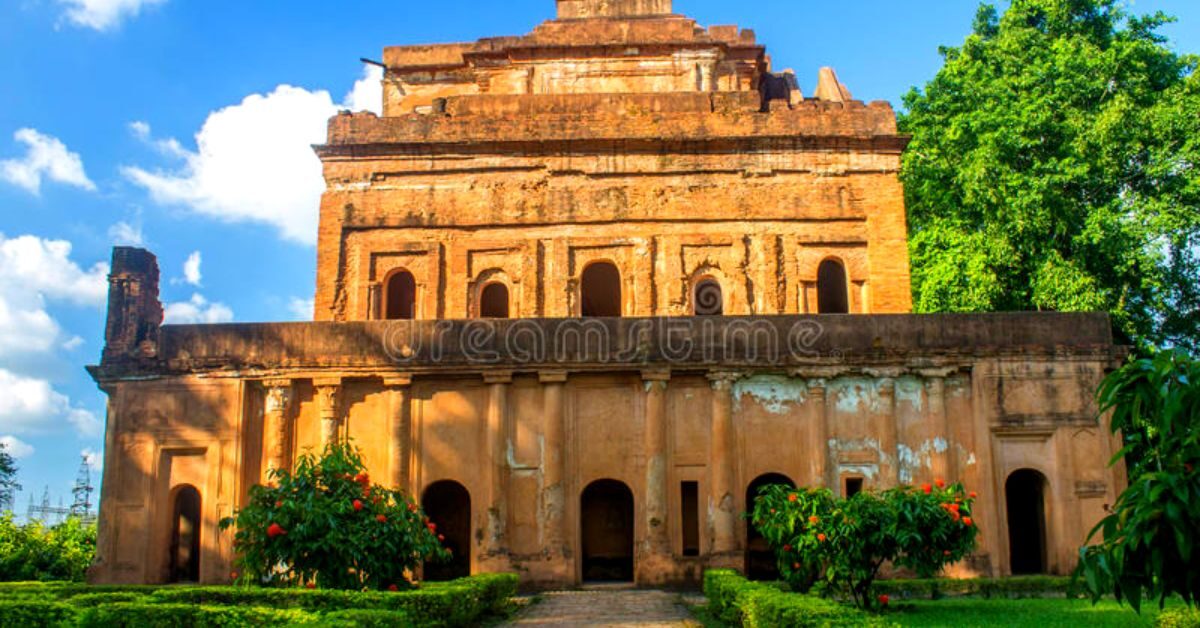
He established the capital Charaideo by befriending the local tribes of the Barahi and the Marans people. The technology Sukaphaa and his people had with them was then shared with the local people of the region. The technology used the wet rice cultivation leads to increased agricultural output. As time passed the Ahom lifestyle got adopted by other people of the region for example the Barahi, increasing the community of Ahom members. In Assamese history, Chaolung is in association with him.
In the 16th century, the Ahom kingdom expanded enough to bring other ethnicities into its fold which made the kingdom multi-ethnic and inclusive in its outlook. The Ahom Kingdom was constantly under invasion by the Turkic and Afghan rulers of Bengal and managed to expand westwards in order to include territory around the Karatoya river. It saw its war against the Mughal Empire in 1615. The Ahom capital of Garhgaon was captured by the Mughals in 1662.
The architecture of the Kareng Palace
After Swargadeo Rudra Singha’s death, the Kareng Ghar is a below-ground Talatal Ghar consisting of the “Rangpur Palace”, as it went through many architectural changes in its structure, due to its irregular shape.
Rangpur Palace
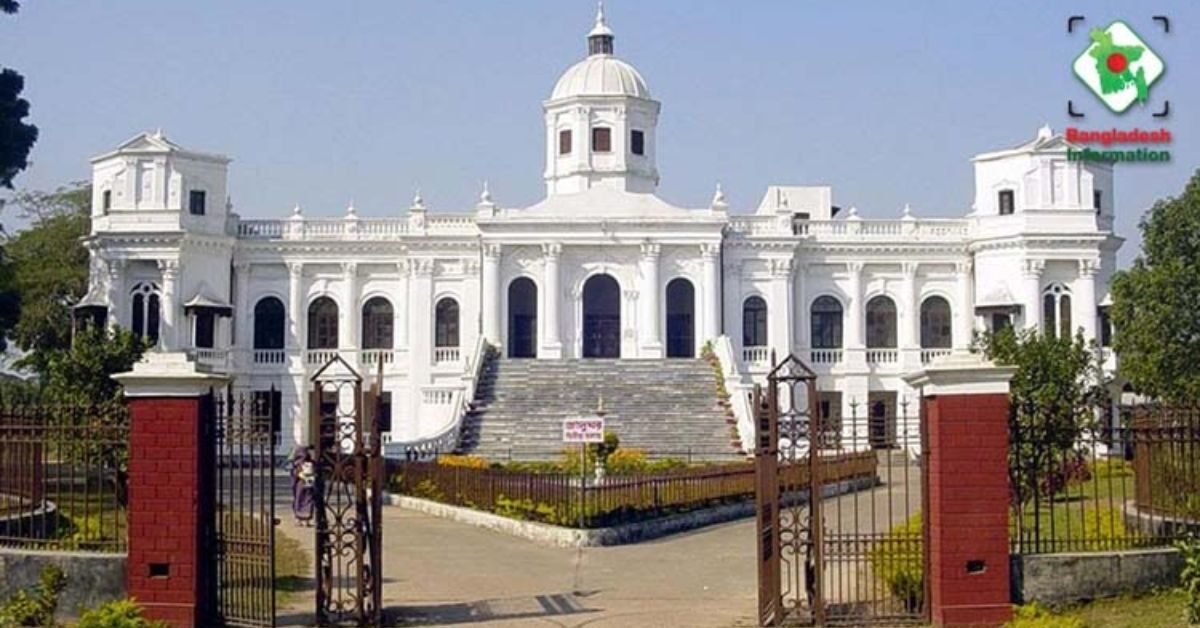
The Rangpur Palace is a seven-floor structure, four above ground and the remaining three below ground. The construction of the seven-storied palace was completed by Swargadeo Rajeswar Singha and his successors from AD 1751-to 1769.
Kareng Ghar
From the direction east to west, many rooms are in connection with the long corridor from north to south are various smaller wings. The ground floor has stables, storerooms, and servants’ quarters. The Kareng Ghar was of wood, which has few remains due to the passing of time. The Royal apartments were on the upper story, few rooms now remain, close to an octagonal room located on the northern wing which was once the Puja Ghar (prayer house). There are stairs that make one walk up to the terrace. An isolated room in the south is in use by the queen during her imprisonment.
Talatal Ghar
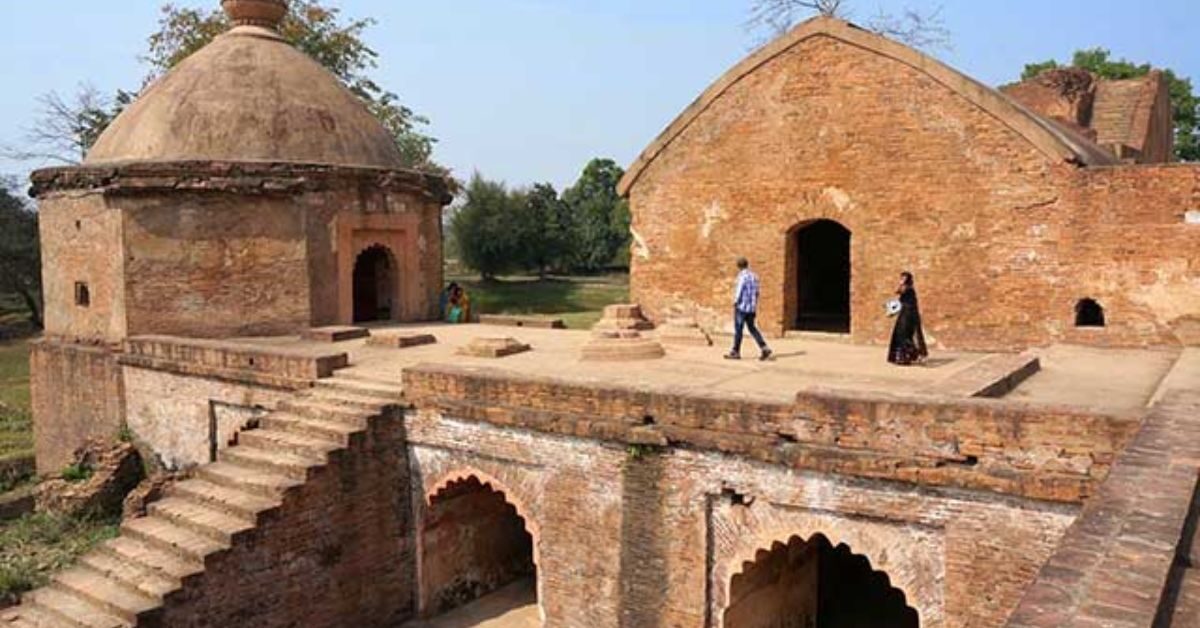
Swargadeo Rajeswar Singha has three floors below ground, which is now famous as Talatal Ghar. The house is of brick and a local type of cement The Talatal Ghar had two secret underground tunnels One is about 3 kilometers in length, in connection with the Talatal Ghar from the Dikhow River, the other, 16 kilometers leading towards the Garhgaon Palace, and was in use as an escape route from enemy attack. The Rangpur Palace was once surrounded by a brick fortification and an earthen fort with dikes filled with water.
How to travel?
Jorhat Airport is a nearby airport that is in good connection with all the other cities.
If one is traveling by train, get down at the Simaluguri Junction which is the nearest railway station.
One can also take a bus ride to the Sunpura bus stop which is about 1.9 km.
The Kareng Palace is one of the most important historical architecture for the state of Assam. The northeast of India has an equally rich history as other parts of our country.

